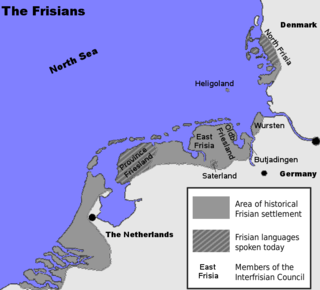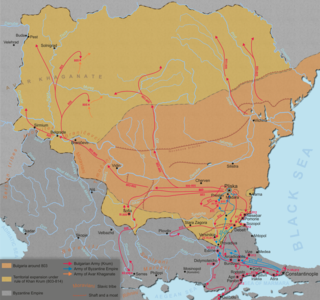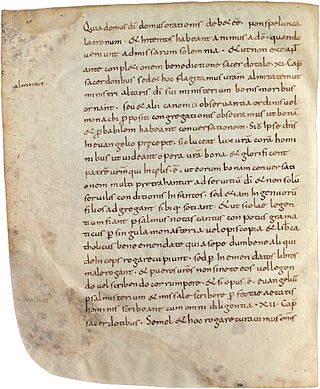The 800s decade ran from January 1, 800, to December 31, 809.
Year 800 (DCCC) was a leap year starting on Wednesday of the Julian calendar, the 800th year of the Common Era (CE) and Anno Domini (AD) designations, the 800th year of the 1st millennium, the 100th and last year of the 8th century, and the 1st year of the 800s decade. It was around this time that the Anno Domini calendar era became the prevalent method in Europe for naming years, so from this time on, the years began to be known as 800 and onwards.
The 810s decade ran from January 1, 810, to December 31, 819.
The 820s decade ran from January 1, 820, to December 31, 829.
The 830s decade ran from January 1, 830, to December 31, 839.
The 780s decade ran from January 1, 780, to December 31, 789.
The 760s decade ran from January 1, 760, to December 31, 769.

Year 804 (DCCCIV) was a leap year starting on Monday of the Julian calendar.

Year 810 (DCCCX) was a common year starting on Tuesday of the Julian calendar.

Year 807 (DCCCVII) was a common year starting on Friday of the Julian calendar, the 807th year of the Common Era (CE) and Anno Domini (AD) designations, the 807th year of the 1st millennium, the 7th year of the 9th century, and the 8th year of the 800s decade.

Year 803 (DCCCIII) was a common year starting on Sunday of the Julian calendar.

Year 802 (DCCCII) was a common year starting on Saturday of the Julian calendar, the 802nd year of the Common Era (CE) and Anno Domini (AD) designations, the 802nd year of the 1st millennium, the 2nd year of the 9th century, and the 3rd year of the 800s decade.

Year 781 (DCCLXXXI) was a common year starting on Monday of the Julian calendar. The denomination 781 for this year has been used since the early medieval period, when the Anno Domini calendar era became the prevalent method in Europe for naming years.

Year 782 (DCCLXXXII) was a common year starting on Tuesday of the Julian calendar, the 782nd year of the Common Era (CE) and Anno Domini (AD) designations, the 782nd year of the 1st millennium, the 82nd year of the 8th century, and the 3rd year of the 780s decade. The denomination 782 for this year has been used since the early medieval period, when the Anno Domini calendar era became the prevalent method in Europe for naming years.

Year 785 (DCCLXXXV) was a common year starting on Saturday of the Julian calendar. The article denomination 785 for this year has been used since the early medieval period, when the Anno Domini calendar era became the prevalent method in Europe for naming years. It is still used today in this manner.

Year 788 (DCCLXXXVIII) was a leap year starting on Tuesday of the Julian calendar, the 788th year of the Common Era (CE) and Anno Domini (AD) designations, the 788th year of the 1st millennium, the 88th year of the 8th century, and the 9th year of the 780s decade. The denomination 788 for this year has been used since the early medieval period, when the Anno Domini calendar era became the prevalent method in Europe for naming years.

Year 789 (DCCLXXXIX) was a common year starting on Thursday of the Julian calendar. The denomination 789 for this year has been used since the early medieval period, when the Anno Domini calendar era became the prevalent method in Europe for naming years.
Michael of Synnada or Michael the Confessor was a metropolitan bishop of Synnada from 784/7 to 815. He represented Byzantium in diplomatic missions to Harun al-Rashid and Charlemagne. He was exiled by Emperor Leo V the Armenian because of his opposition to iconoclasm, and died on 23 May 826. He is honoured as a saint by the Eastern Orthodox and Roman Catholic churches, his feast day is May 23.

The 806 invasion of Asia Minor was the largest of a long series of military operations launched by the Abbasid Caliphate against the Byzantine Empire. The expedition took place in southeastern and central Asia Minor, where the two states shared a long land border.
In late 788 or early 789, the Byzantine Empire invaded southern Italy in an effort to detach the kingdom of the Lombards from the Frankish domination and restore the exiled king Adelchis. The expeditionary army, supported by the Sicilian theme, was defeated in a major battle by a combined force of Lombards and Franks under Duke Grimoald III of Benevento.












